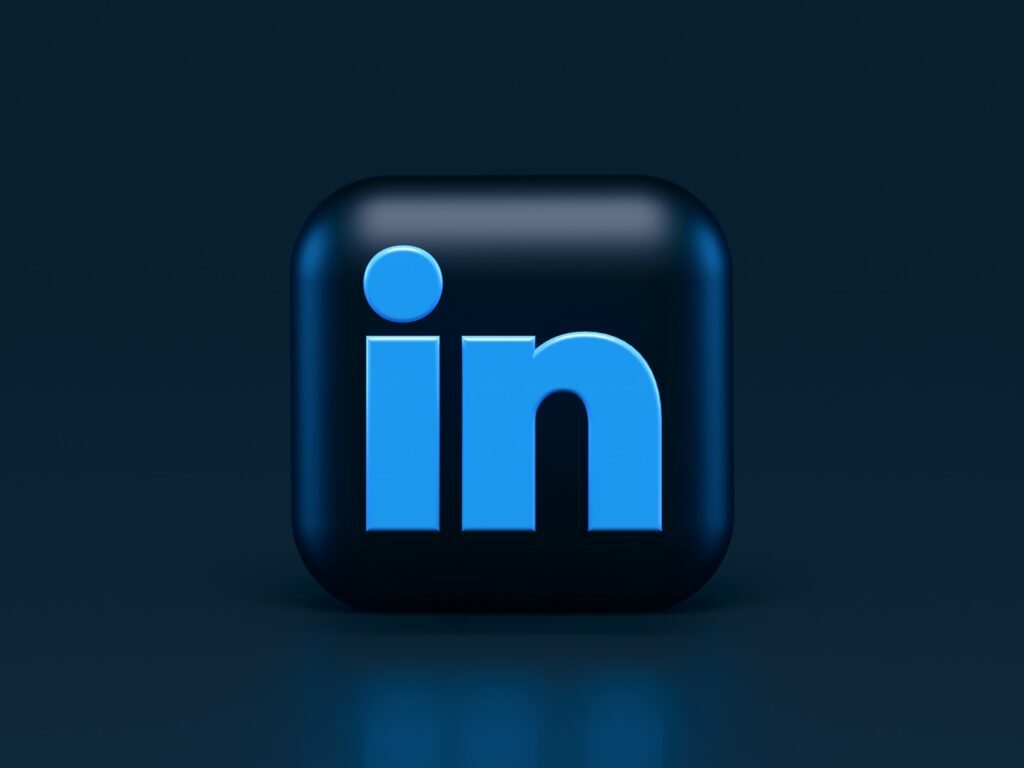To help busy marketers drive results and measure impact, LinkedIn has spread the word about three new enhancements to its product offerings.
What is LinkedIn’s new CAPI?
First up is Conversions API (CAPI), a tool that can be used to provide greater clarity and precisions to marketers trying to measure and optimise advertising campaigns without cookie tracking.
Nicholas Hassebrock, Product Marketing Manager, LinkedIn
“With CAPI, you can choose between direct API integration and partner integration, offering flexibility for different situations. Use this capability to connect both your online and offline data to LinkedIn, allowing you to see how your campaigns influenced actions taken on your website, sales completed over the phone, or leads collected in-person at an event.”
LinkedIn says this feature is “privacy compliant” and helps marketers future-proof measurement and tracking.
Initial tests show that it’s working, too. Across 850 beta campaigns, LinkedIn data shows that CAPI helped deliver a 32% increase in attributed conversions and 20% reduction in cost-per-action.
CAPI looks like an excellent tool for businesses that want to strengthen conversion tracking or for those who want a secure way to connect data to LinkedIn without using cookies. Combine CAPI with the Insight Tag to create a more efficient way to measure and optimise online and offline events across the customer journey.
Brands have two options when it comes to CAPI implementation: via a LinkedIn Marketing Partner or as a direct integration.
Partner integration
Partner integration allows marketers to choose a LinkedIn partner to help them set up Conversions API – this is a great tool for brands who don’t have developer resources within their staff. It requires a one-time setup and no ongoing support. Partner integration is typically a fast process, but may come with additional associated fees.
Direct integration
Direct integration is the other way you can get CAPI on board by working with your in-house developers to build a direct integration. The method is great for those who want to own data sharing and want to customise the integration to suit their needs. However, it does require developer resources and ongoing care and maintenance, plus implementation can take two to four weeks.
LinkedIn’s new Website Action feature
The next new feature is called Website Actions, which helps marketers measure and retarget button clicks without installing event-tracking software.
Nicholas Hassebrock, Product Marketing Manager, LinkedIn
“We’ve heard from marketers who grow frustrated with manually creating conversion rules and retargeting audiences for every page on their website. Website Actions saves time and boosts performance by seamlessly capturing actions based on CTAs, page visits, and data. This all happens automatically, without the hassle of additional on-site code. Like CAPI, the feature is especially powerful for those advertisers with the Insight Tag on their website.”
LinkedIn data shows Website Actions bringing a 33% CTR lift for conversion tracking campaigns and a 31% CTR increase for website retargeting campaigns.
Website Actions is another way to help marketers gather better data, which should naturally lead to improved ad performance and planning – even if your campaign don’t hit the dizzying heights promised by those LinkedIn numbers.
Changes to Document Ads
Finally, LinkedIn has spoiled us all with three enhancements to Document Ads. Already one of the most popular ad formats on LinkedIn, Document Ads have been retooled with retargeting, new objectives and LAN distribution.
Here’s a rundown of all three new features.
- Retargeting lets marketers engage with customers who have previously interacted with Document Ads – allowing them a second bite at the cherry and another chance to move them further down the funnel.
- New objectives like website visits and website conversions will help to drive actions, improving your Document Ads effectiveness.
- LAN distribution should help to increase cost-efficiency for Document Ads.
LinkedIn says Document Ads have been pretty effective, gaining CTRs at double the rate of retargeting campaigns that use lead gen forms.
Nicholas Hassebrock, Product Marketing Manager, LinkedIn
“Now more versatile than ever, Document Ads empower you to inspire your audience with thought leadership and collect leads at scale.”
What are Document Ads and how do they work?
Document Ads let marketers promote documents directly in LinkedIn’s feed, allowing members to read and download them without leaving the platform. Marketers can choose to share them freely to build their reputation as thought leaders, or choose to gate them with a Lead Gen Form to capture leads.
Document Ads help marketers build awareness, collect leads and measure audience interest in content while leveraging a content library of eBooks, case studies, white papers etc.




RECOMMENDED FOR YOU
LinkedIn Streamlines B2B Influencer Marketing
LinkedIn has introduced a more intuitive way for brands…
LinkedIn has introduced a more intuitive way for brands…
LinkedIn Ad Revenue Up 18%
LinkedIn is sharpening its focus on authentic engagement, video…
LinkedIn is sharpening its focus on authentic engagement, video…
LinkedIn Launches Company Intelligence API
LinkedIn has launched a new tool designed to give…
LinkedIn has launched a new tool designed to give…